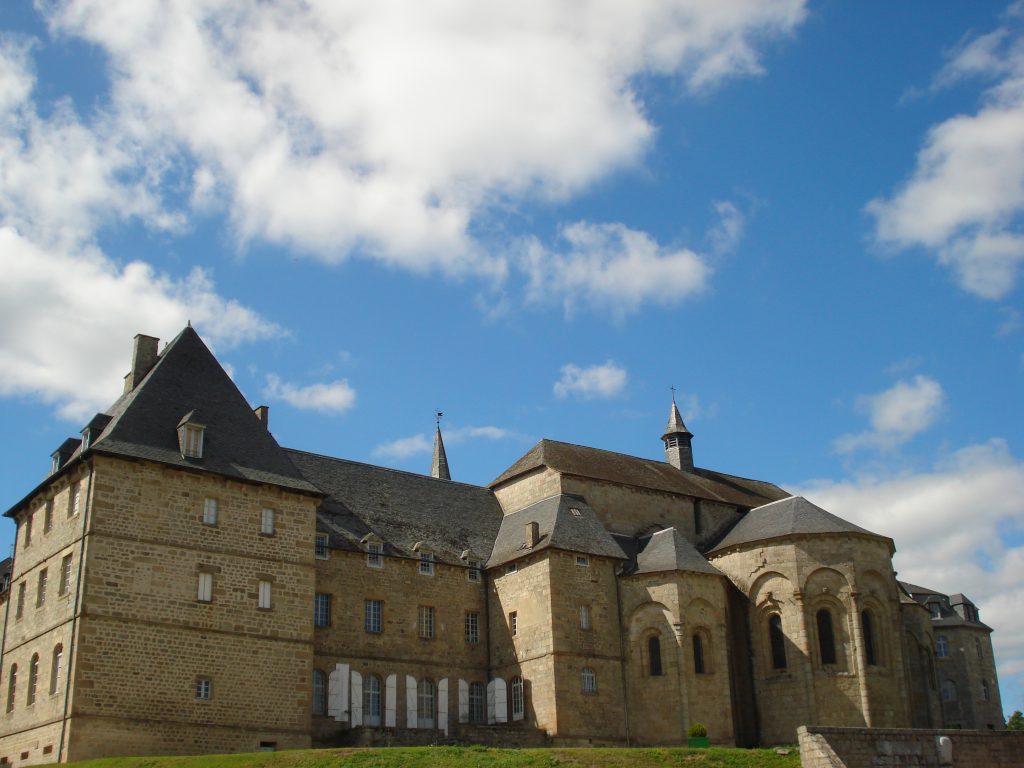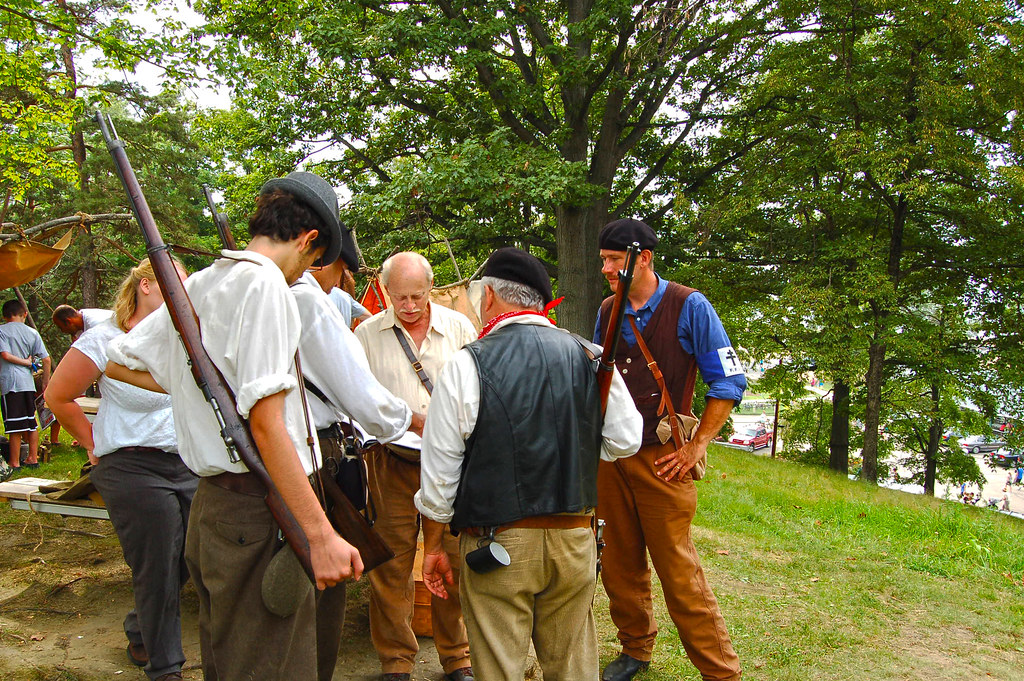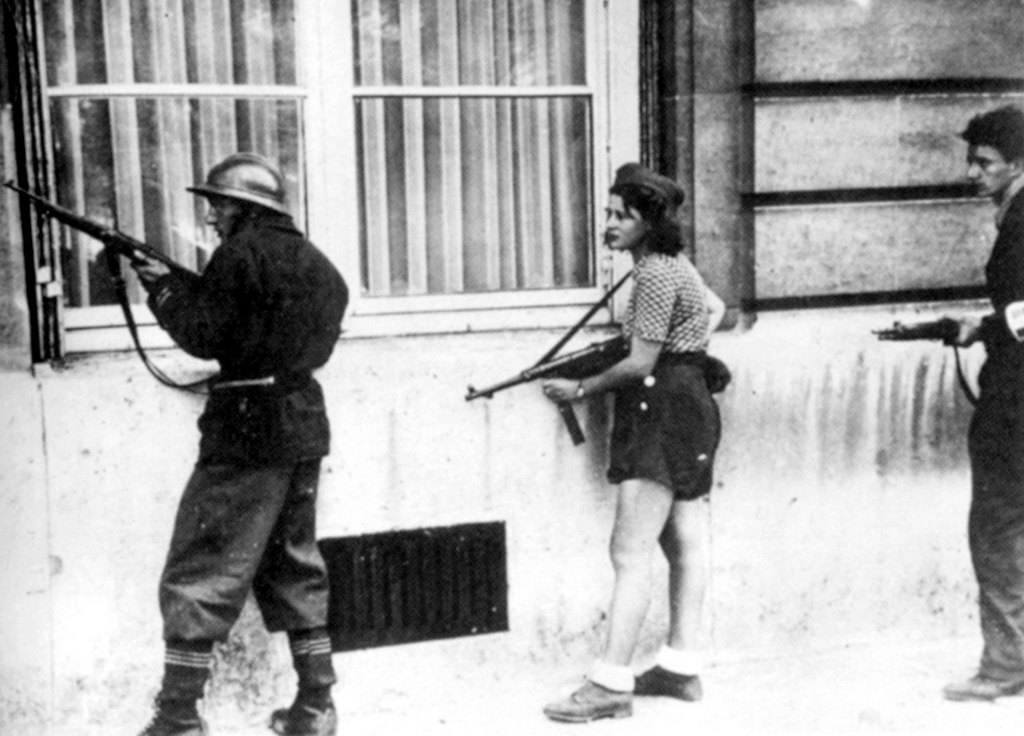Soon, excavation will commence in search of the remains of approximately 40 German soldiers executed by the French Resistance in June 1944.
After eight decades of silence, a former Resistance fighter has come forward to share his testimony, shedding light on a dark chapter of history.
Edmond Réveil, now 98 years old, is the sole surviving member of the local FTP (Francs et Tireurs Partisans) Resistance branch. He bravely witnessed a mass execution firsthand at a location known as Le Vert, a wooded area near Meymac in central France.

Réveil recently provided a recorded deposition, recounting the events that unfolded on that fateful day. His detachment of 30 fighters was responsible for escorting German prisoners through the countryside east of Tulle when they received the order to execute them.
The detachment’s commander, known by the code name Hannibal, displayed visible distress upon receiving the order. However, despite the commander’s emotional turmoil, discipline prevailed within the Resistance, as Réveil vividly remembers.
During that crucial moment, Hannibal, the detachment’s commander, called for volunteers to carry out the grim order. Each fighter was assigned a victim to execute. However, a few of us, including myself, refused to participate.
Under the scorching sun, on that fateful day, we forced the prisoners to dig their own graves. Once the preparations were complete, they were mercilessly killed, and we poured quicklime over their bodies. The air was thick with the smell of blood, an unforgettable stench that lingered in our memories. From that moment on, we never spoke of it again.
Réveil, known by his wartime codename Papillon (Butterfly), harbored this haunting secret for 75 years, not even disclosing it to his own family. However, unexpectedly, in 2019, at the conclusion of a local gathering of the National Veterans’ Association, he rose from his seat and made a surprising announcement: he had something to share.
According to Meymac’s mayor, Philippe Brugere, the revelation of Réveil’s story brought a sense of relief to him. Over the years, Réveil had numerous opportunities to share his account, yet he remained silent. Being the last living witness, it weighed heavily on his conscience. He understood that if he didn’t speak up, the truth would remain buried forever.
Unfortunately, before local authorities could take further action, the Covid-19 pandemic disrupted their plans. It was only recently, a few weeks ago, that the case was reopened, and the story finally emerged in the local newspaper, La Montagne, on Tuesday.
The validity of Réveil’s narrative has been corroborated by French and German historians, who have confirmed the basic outline of the events described by him. Following the D-Day invasion on June 6, 1944, the Resistance fighters launched an uprising in Tulle, the capital of the Corrèze department.
During this uprising, approximately 50 to 60 German soldiers were captured. However, on June 9, the Germans retaliated by publicly hanging 99 hostages as an act of reprisal.
In close proximity to the aforementioned events, on June 10, the SS Das Reich Division carried out a brutal massacre in the village of Oradour-sur-Glane, where 643 people lost their lives. Since then, the village has stood as a solemn and empty monument, preserving the memory of the tragedy.
Réveil actively participated in the Tulle uprising and subsequently joined the escort party responsible for moving eastward. Reflecting on that time, he expressed that none of the Resistance groups desired any association with the captured prisoners. They were unsure how to handle them, lacking a clear plan of action.
During the journey, a segment of the prisoners, particularly those from countries such as Poland or Czechoslovakia, were separated from the rest. It was this group of around 50 prisoners that arrived in Meymac on June 12.

Réveil recalled the stringent measures taken to guard the prisoners, even when they needed to relieve themselves. Insufficient arrangements had been made for food supplies. The detachment operated under the orders of an Allied command center located at Saint-Fréjoux, and it was this command center that issued the directive to execute the prisoners.
Within the group of prisoners, there was a French woman who had collaborated with the Gestapo. None of the Resistance fighters were willing to carry out her execution, so they resorted to drawing lots, and tragically, she was chosen and killed.

In the coming weeks, representatives from the German War Graves Commission (VDK) are expected to arrive in Meymac. Their primary objective is to utilize ground-penetrating radar to accurately locate the gravesite of the executed German soldiers.
Local historians reveal that in 1967, 11 German bodies were exhumed from the area known as Le Vert. However, the excavation efforts were halted, and no precise records were maintained regarding the specific location of the dig. Due to the lingering sensitivities surrounding the events, which occurred a mere 23 years earlier, the operation was shrouded in secrecy.
In an interesting development, a local man, who was just a young boy back in 1967, recalls witnessing the previous excavations. He has provided a rough estimation of the potential location where the graves of the remaining approximately 40 soldiers might be situated.
Réveil, who pursued a career as a railway worker in his later years, finds himself somewhat overwhelmed by the sudden media attention, as noted by Brugère, the mayor. Réveil is described as a genuinely kind-hearted elderly gentleman who held a firm stance against violence. It is worth mentioning that throughout his involvement in the Resistance, he never fired a single shot.
At present, Réveil’s primary desire is for the fallen soldiers to be properly remembered, and for their families to receive information about their final resting place. Additionally, he hopes that a modest memorial can be erected at the site to honor their memory.
SOURCE: BBC


